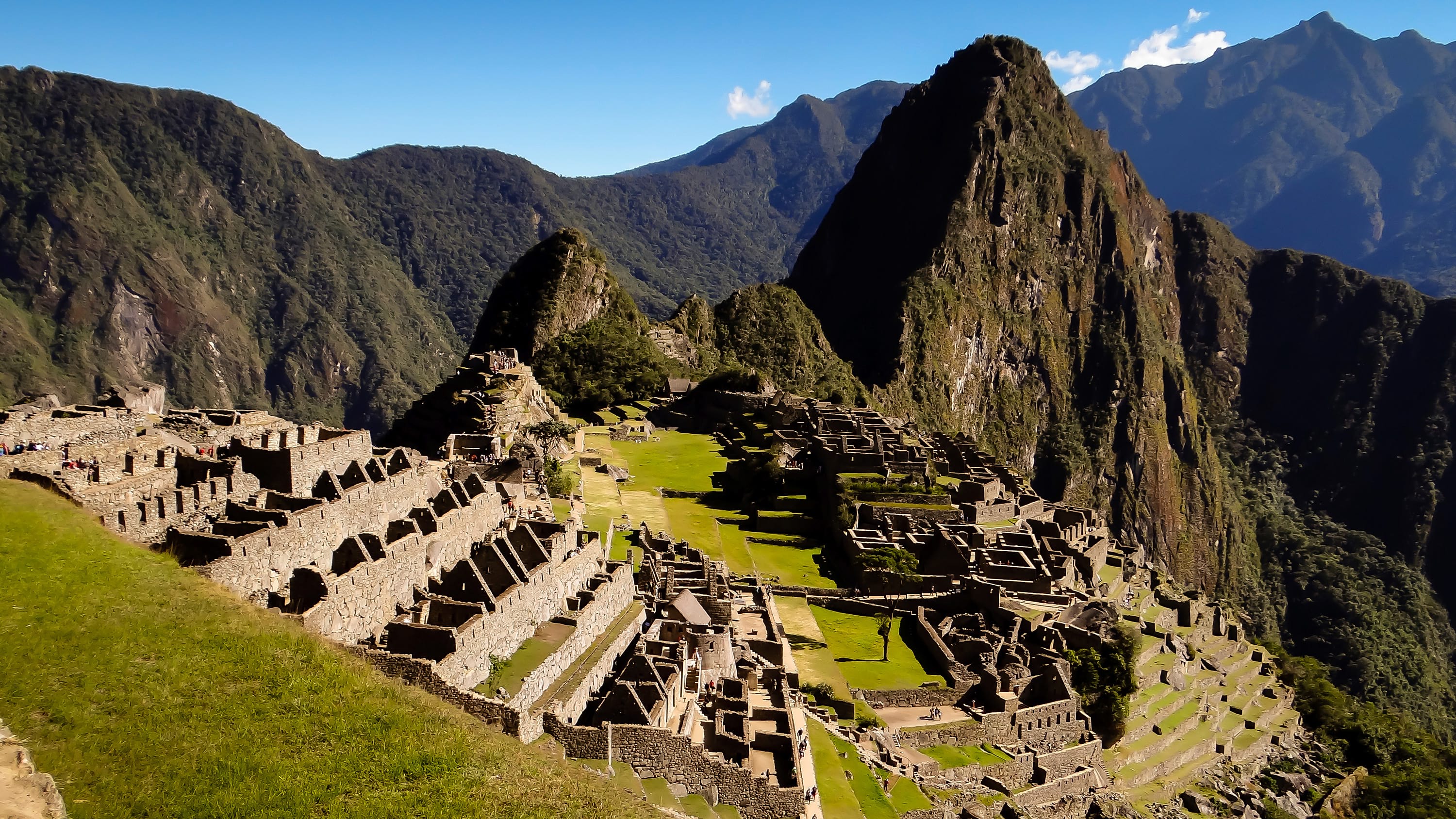House in Peru plagued by ‘the neighbors’ – mummies from the Inca era
LIMA, Peru — Hipólito Tica had saved up for decades to finally build himself a real house in a working-class neighborhood of Lima. His problem was what to do with “the neighbors” – as he called the ancient mummies buried beneath them.
The mechanic knew they had been there since the day in 1996 when he attempted to dig a latrine on the lot, a few yards (meters) away from the El Sauce archaeological site on the eastern outskirts of the Peruvian capital.
Tica was taking a break from lifting rocks and told The Associated Press he was loosening the earth with a metal rod when the ground suddenly began to collapse.
“I got out of there as fast as a spider,” he said.
Tica found a flashlight and went to look at the hole that had opened at his feet, some 5 meters (16 feet) deep and 3 meters (10 feet) wide.
‘I saw a few beams – the light was bright enough; they were funerary bundles,” he said.
He didn’t know what to do or who to tell.
Like about half a million other people on the outskirts of Lima, he had just moved and built a rudimentary adobe building on the vacant lot without owning a title. So drawing the authorities’ attention to an archaeological find could cost him a house.
Despite this, he said he had informed several archaeologists of the discovery that Inca ceramics were excavating nearby streets where the city was installing water pipes. He said they didn’t pay much attention. He did not insist on the matter.
So he decided to just live with ‘the neighbors’. He covered the hole with an old door, a carpet he pulled from an old car and a layer of dirt.

“Nobody noticed the hole,” he said.
As the years passed, Tico and his neighbors gradually won the rights to the property in their new neighborhood. He planned to build a brick and cement house and, along with neighbors, applied for water and sewage services – approval from the Minister of Culture and a local museum to ensure they wouldn’t damage archaeological remains.
There, Tica, who had had little formal schooling, began learning about the Incas and other early Peruvian civilizations.
Building the house correctly would mean laying a foundation and filling the hole where the bodies were buried.
“I was concerned,” he said. Friends advised him, “Just cover it, fill it with cement, and you’re done.”
But “I had a nagging fear that people would know nothing about this area in the future. Part of the history is here,” he said.
So he found an archaeologist, Julio Abanto of the Ruricancho Cultural Institute, who was researching the area and told him, “I have a funeral, and I want you to see it.”
Abanto and his team received government approval for an emergency dig.
Lowering himself into the hole with ropes, the archaeologist found three bundles, each containing more than one person — it’s not clear how many yet — belonging to a culture within the Inca Empire more than 500 years ago.
One of the skeletons has a crown, bits of copper, a silver bracelet, and a spoon-like coca leaf utensil depicting a bird pecking on a fish’s head. There were also shells of a type of mollusk that were prized in the region.
Archaeologists are still studying the finds, but Abanto said they likely belonged to members of a local elite conquered by the Incas.
Now, the masons helping Tica build the house are munching on coca leaves as they work — a common practice in the region — and sometimes burying a few leaves in the now-filled cemetery.
“In our city, in these most informal ways, it is possible to find surprising heritage that helps us reconstruct our local history,” Abanto said.
In this case, it was “a 21st-century family living above a family from 500 years ago”.




